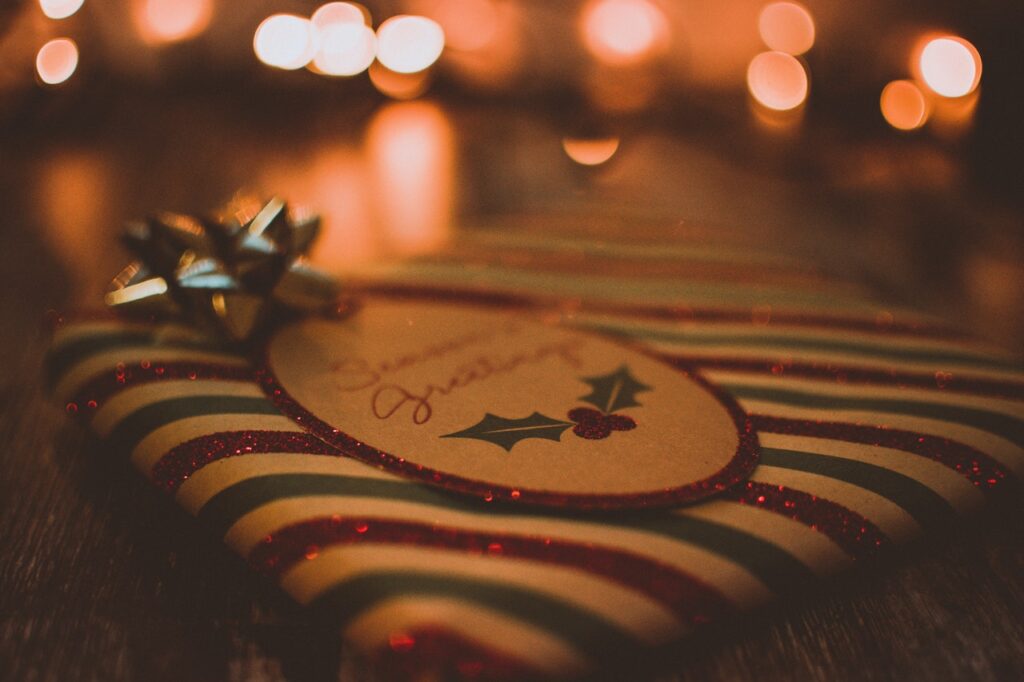From Christmas in Mexico, we head north-easterly back to Europe for 10,543km to Montenegro.
Located on the coast of the Adriatic Sea, Montenegro means Black Mountain and describes how Mount Lovcen looks covered in dense forests.
Whilst it only has 293km of coastline, it has a staggering 117 beaches and is a popular destination for visitors in the summer.
Montenegro's town of Bar is home to the world's oldest known olive tree called Stara Maslina. It's more than 2,000 years old.
Previously part of the former Yugoslavia and then Serbia, Montenegro is one of the newest countries in the world, having gained independence from Serbia 2006.
So, how do they celebrate Christmas in Montenegro?
When
Christmas is celebrated on 7th January in Montenegro for most but on 25th December for Catholics.
Religious Influence
Most of the population are from the Orthodox Church but some are Catholics.
Decorations
A ‘badnjak' (Christmas Eve tree) is a special type of yule log – usually oak – that was traditionally brought in by the men on the morning of Christmas Eve. Each member of the family would be given their own and the women would decorate them with bay leaves and hyacinth flowers tied together with a red thread. People now buy them on Christmas evening and burn them through the night. Straw is often placed under the dining table, and a handful of walnuts may be spread on top of the straw. Cars and front gates of houses are often decorated with citrus tree branches.

Photo by Lisa Fotios from Pexels
Customs
Christmas Eve is a time for the family to get together and prepare for Christmas Day. Churches will often have large bonfires outside where people will gather, perhaps adding their own badnjak to the fire. Nativity plays and other Christmas-themed plays are performed either inside or outside of the churches. When the straw is placed under the dining table, some people make clucking noises to symbolise how Jesus wanted people to gather and follow him, similar to how chickens flock together.
When the men used to bring back the badnjak, the women would sprinkle their head with rice or wheat. While the badnjaks are burning in the fire at home, people are allowed to shoot a few rounds of bullets into the air.
On Christmas day, the first visitor to a house must be male, and they’re gifted with a small item – often a pair of socks, a towel or handkerchief – and toasted to with brandy (rakija).
Food
Some people will fast and go vegan for advent (28th November – 6th January). Most people won’t eat any animal products on Christmas Eve and so beans, fish and potatoes are the main dishes. ‘Priganice’ is also popular on Christmas Eve which are balls of fried dough flavoured with lemon zest and sweetened with honey. ‘Cesnica’ is a bread made at Christmas time with a coin hidden in it. It’s round and each member of the family tears off a piece, whoever gets the coin is supposed to have good fortune for the rest of the year.
‘Pecenica’ which is roast pork and 'sarma’ which is cabbage stuffed with rice and ground meat, are both popular dishes for the main Christmas meal on Christmas Day as well as side dishes such as; Russian salad (peas, carrots, potatoes, ham, eggs, mayonnaise and sour cream), olives, gherkins, roast potatoes, carrots, and lettuce.
For dessert, there are many different kinds of cake and sweets like baklava and strudel. Coffee is the most popular drink during and after the meal.
Our next Christmas destination looks at Christmas in the Netherlands.